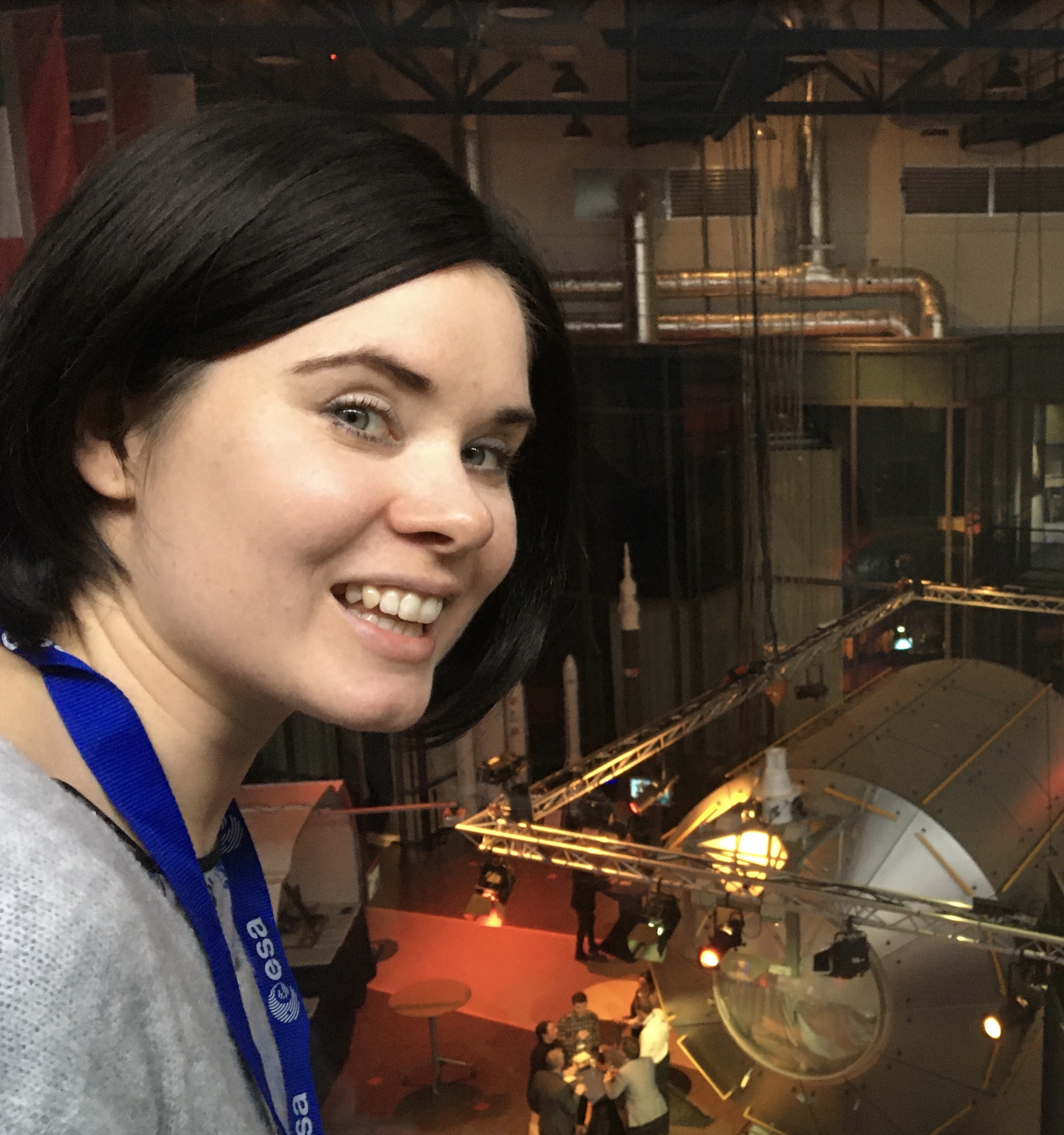Space-based solar power may be one step closer to reality, thanks to this key test (video)
Unlike solar panels on Earth, a solar power plant in space would provide a constant power supply 24/7.

A first-of-its-kind lab demonstration shows how solar power transmission from space could work.
The demonstration, carried out by U.K.-based startup Space Solar, tested a special beaming device that can wirelessly transmit power 360 degrees around. That would be important for a potential future space-based power station, as its position toward the sun and Earth would change over the course of each day due to our planet's rotation.
The demonstrator is a key component of the CASSIOPeiA space-based solar power plant concept that is being developed by Space Solar. The company envisions that CASSIOPeiA could be in space within a decade, providing gigawatts of clean energy much more efficiently than solar plants on Earth.
Related: Can space-based solar power really work? Here are the pros and cons.
"We’re thrilled to be able to demonstrate the next phase in the development of our technology," Martin Soltau, co-CEO of Space Solar, said in an emailed statement. "Space Solar's successful testing of [the 360-degree power-beaming technology] marks a pivotal moment in our mission to revolutionize space-based solar power."
CASSIOPeiA would be placed in geostationary orbit, a path about 22,000 miles (36,000 kilometers) above Earth in which the orbital velocity of a satellite matches the speed of Earth’s rotation. As a result, a spacecraft at this altitude appears suspended above a fixed region on Earth.
While the demonstrator used in the lab experiment was only 1.5 feet (0.5 meters) wide, CASSIOPeiA would ultimately be a vast modular structure some 1.1 miles (1.7 kilometers) across. The plant, consisting of large, lightweight solar panels and a set of mirrors collecting sunlight, would be assembled in orbit by robots, and would require 68 launches of SpaceX's next-gen Starship megarocket to deliver all its components to space.
Breaking space news, the latest updates on rocket launches, skywatching events and more!
The recently tested component will ensure that the giant satellite has a constant view of both Earth and the sun in order to provide clean energy 24/7, unlike solar plants on Earth, which only work during daytime and get affected by bad weather.
The intermittent nature of terrestrial renewable power generation is a major concern, as other types of energy generation are needed to ensure that lights stay on during unfavorable weather. Currently, electrical grids rely either on nuclear plants or gas and coal fired power stations as a backup, but both technologies have their problems. Nuclear power plants generate potentially dangerous waste, and gas and coal power stations are a source of greenhouse gas emissions, which the world is trying to eliminate in order to stop the progression of climate change.
"This successful test is a really important milestone on the way to making space-based solar power a reality," Paul Bate, the chief executive of the U.K. Space Agency, which supports the project, said in a separate statement. "Safe, wireless, 360-degree energy transmission is a game changer and demonstrates the U.K.’s leading position in this new energy revolution, quite literally harnessing the power of space to benefit life on Earth."
Electrical power generated by CASSIOPeiA would be converted into high-frequency radio waves, which would be beamed down to Earth, where they would be transformed back into electrical power. The demonstration also tested a precision pointing system that would ensure the waves don’t pose any safety risk to humans living around the receiving station.
A single CASSIOPeiA plant could power more than a million homes, researchers estimate. Solar power plants in space, although difficult to build, would produce energy 13 times more efficiently compared to those on Earth, as their view of the sun is not obscured by atmospheric gases.

Tereza is a London-based science and technology journalist, aspiring fiction writer and amateur gymnast. Originally from Prague, the Czech Republic, she spent the first seven years of her career working as a reporter, script-writer and presenter for various TV programmes of the Czech Public Service Television. She later took a career break to pursue further education and added a Master's in Science from the International Space University, France, to her Bachelor's in Journalism and Master's in Cultural Anthropology from Prague's Charles University. She worked as a reporter at the Engineering and Technology magazine, freelanced for a range of publications including Live Science, Space.com, Professional Engineering, Via Satellite and Space News and served as a maternity cover science editor at the European Space Agency.

